Best public art to see in the East End’s Bow and Globe Town
We have curated a list of the best public art in Bow and Globe Town, to celebrate the artistic culture of the East End that is available to anyone walking through our local area.
Some of the pieces around Bow and Globe Town are so mysteriously hidden within the fabric of the city that they often go unnoticed. They are tucked between fried chicken stores and gentrified cafés, enclosed in private estates, or beside busy and noisy roads. You almost forget they even exist.
It seems like they are there for us to discover, inviting us to learn through our exploration. In order to feel we belong ‘somewhere’, we can look at them as a public tool to remember we share a common history.
Blind Beggar and His Dog
Cranbrook Estate
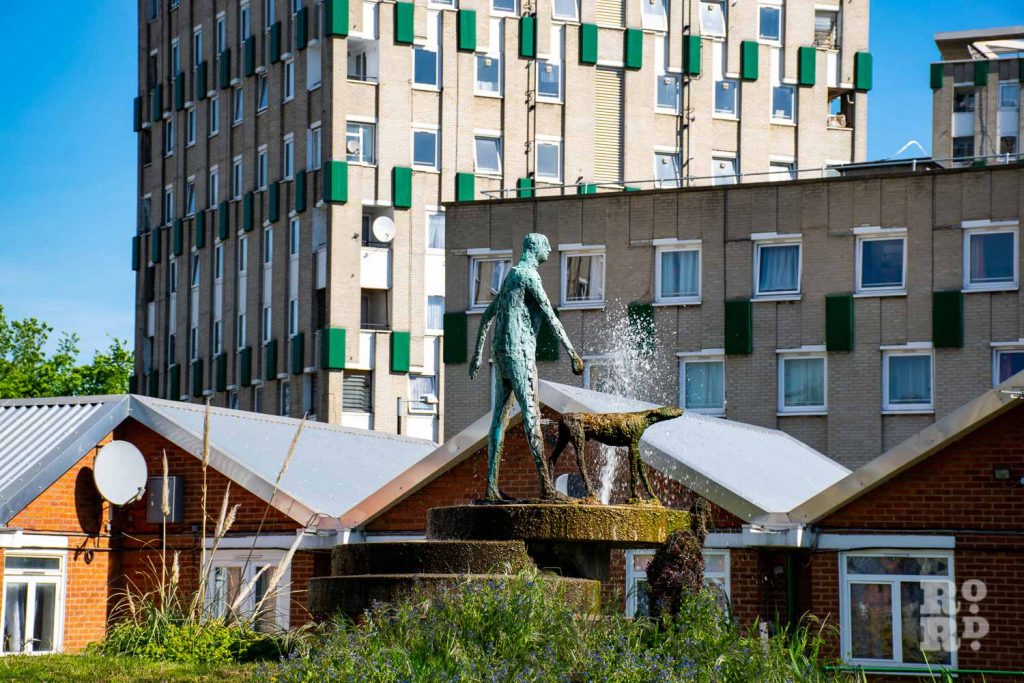
Elizabeth Frink’s bronze statue of the Blind Beggar and His Dog (1957) adorns Bethnal Green’s Cranbrook Estate, which was Berthold Lubetkin’s last major project before his retirement.
The statue is in the middle of a gated residents’ garden but can be viewed from the Roman Road, just west of its junction with Mace Street. The statue still draws admiration from locals and curious looks from outsiders. It received Grade II heritage status in 1998.
Among the various stories behind the statue, the most popular refers to a knight named de Montford, who was blinded in battle and left begging alms in Bethnal Green. His daughter was wooed by four suitors, three of whom were discouraged by an alleged lack of dowry. The fourth recognised her nobility and married her anyway, and he received a dowry from the beggar’s still-wealthy father.
William Gladstone statue
Bow Church
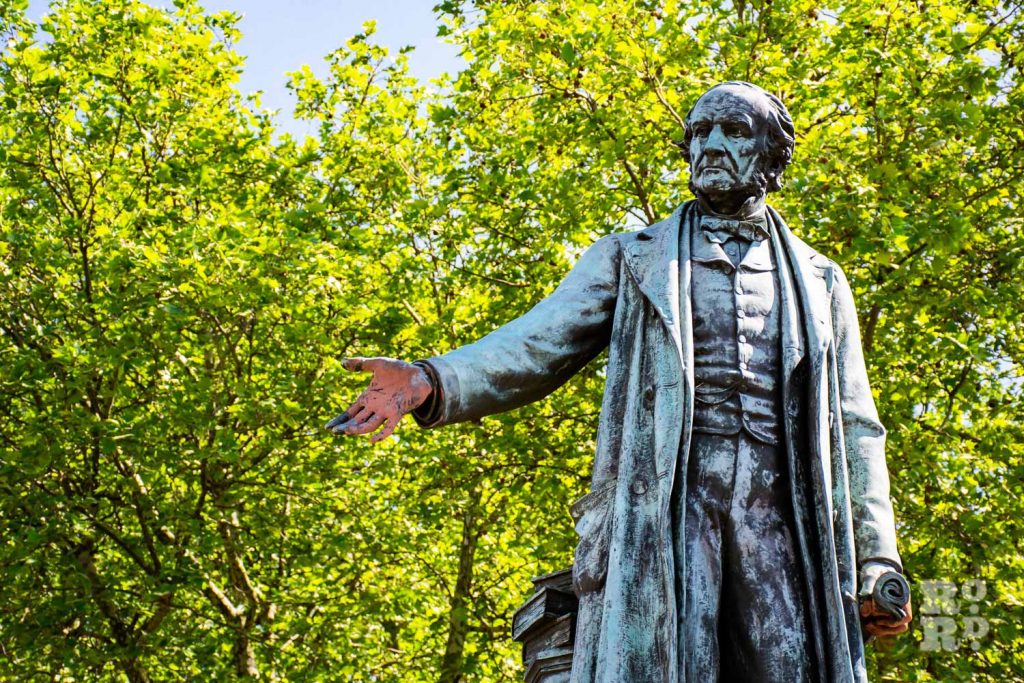
Just in front of Bow Church stands the statue of William Ewart Gladstone (1809 – 1898), a famous politician whose achievements included four terms as Prime Minster and four terms as Chancellor of the Exchequer.
One of the most notable things about the statue, is the fact that its hands are painted red. The explanation lies in the back of the statue, where the inscription reads, ‘A gift to the east of London of Theodore H. Bryant’.
This refers to Bryant & May matches, a Bow factory where matchgirls – many underaged, all on starvation wages – allegedly had a shilling skimmed from their pay to finance Bryant’s ‘gift’.
At the unveiling, several girls smuggled stones in their pockets, cut their hands and bloodied the statue in protest. The red paint on the statue stands as a tribute to these brave women.
Tow path statues
Mile End Park
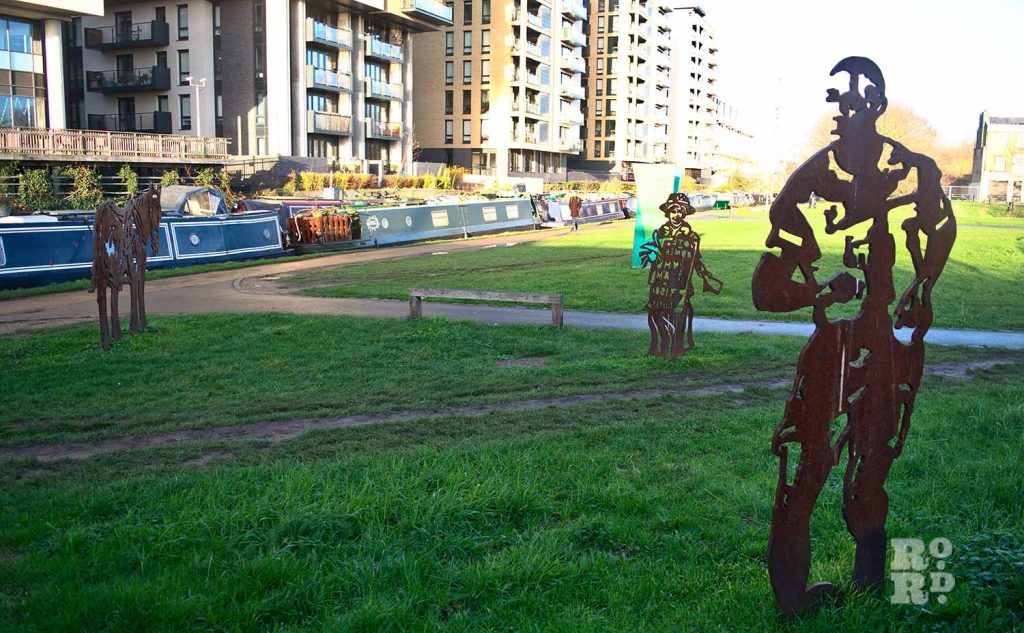
Along the Mile End Park canal, a series of steel statues represent the proud local history of East London. There is Ledley King, born in Bow in 1980, who defended for Tottenham Hotspur as well as England. You’ll also find Sylvia Pankhurst who fought for women’s rights. Alongside Pankhurst and King stands a towpath horse: one of many who used to pull barges and flatboats up and down the canals that were once the spine of the Bow area.
Burdett Coutts Drinking Fountain
Victoria Park
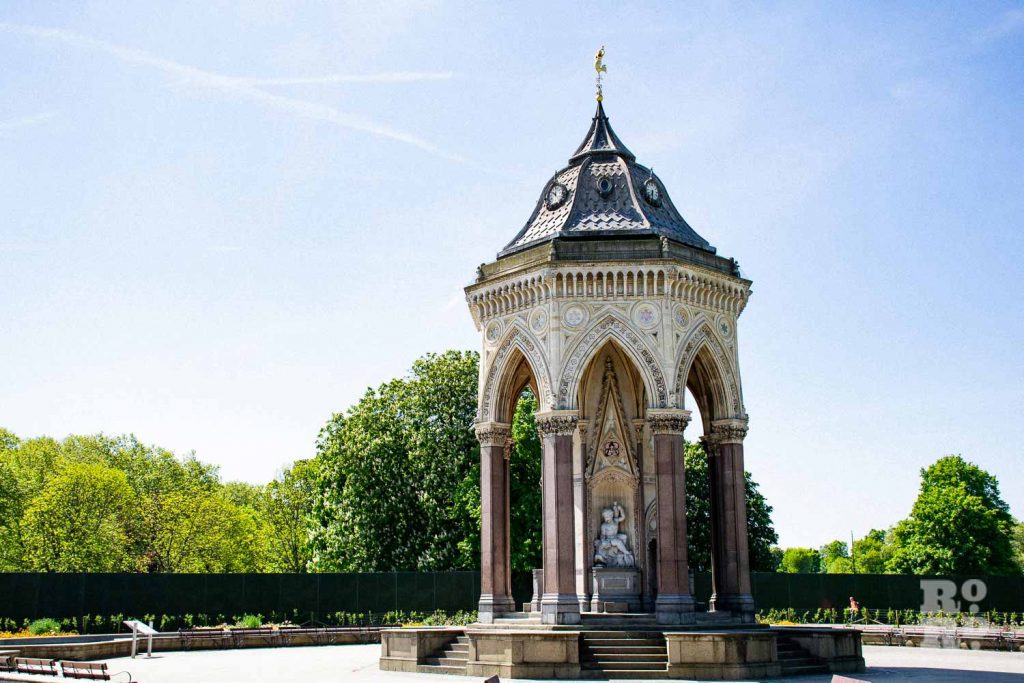
Also known as Victoria Fountain, this Victorian drinking fountain – made of marble, granite and stone – was the gift of the wealthy philanthropist Angela Burdett-Coutts to the visitors and locals of Victoria Park in the East End of London.
Designed by the architect H. A. Darbishire, it was meant to provide fresh drinking water to help combat cholera and alcoholism caused by the polluted supplies.
It is said to have cost £6,000, a fortune in those days, and its opening in 1862 was attended by 10,000 spectators. In 1975, the fountain was given Grade II listed status by Historic England. In 2011, the fountain was refurbished as part of a major restoration of Victoria Park.
Guard Dogs
Victoria Park
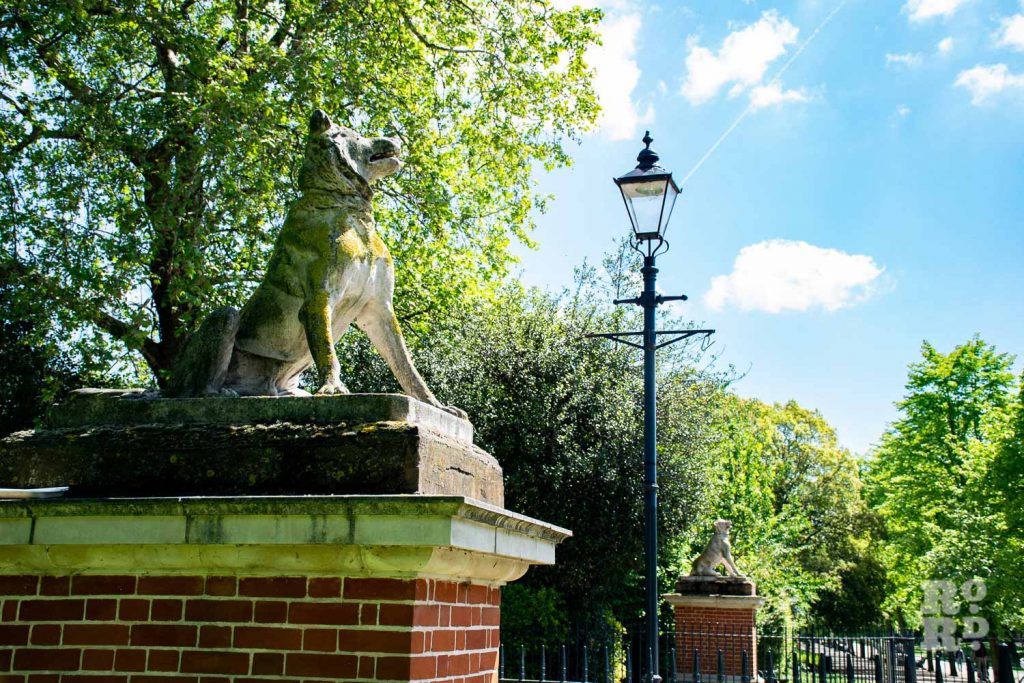
Installed in 1912, the original sculptures stood until 2009. They are copies of a Roman marble statue called ‘Jennings Dog’ which is today stored at the British Museum. They are recognisable for their short tail, since it was believed the same owner had cut it off.
There are many local beliefs about the identity of these dogs including that they rescue canal users in difficulty. In 2011, the severely damaged and heavily vandalised sculptures were replaced by replicas as part of a larger refurbishment of Victoria Park in the run-up to the 2012 Olympics.
Hay sculptures
Victoria Park, West Lake
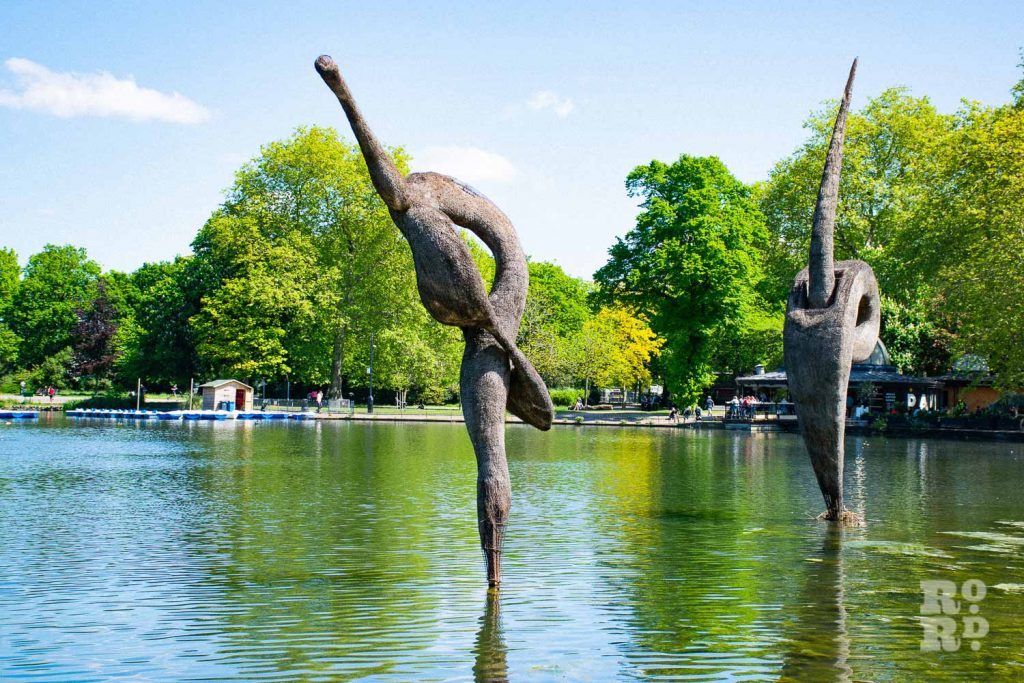
Commissioned by the Romanian Cultural Institute with the support of Tower Hamlets Council, these sculptures were designed by Romanian artist Ernö Bartha.
The two sculptures named ‘Bird’ and ‘Skyscraper’ are made of hay and enforced with steel frames. They. invite you to rediscover the textures and smells of unspoiled nature.
If you enjoyed this piece you may enjoy reading about the Bow Heritage Trail.

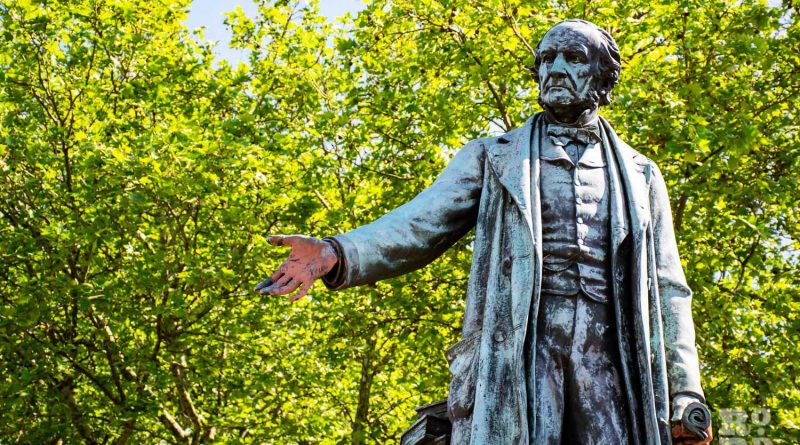
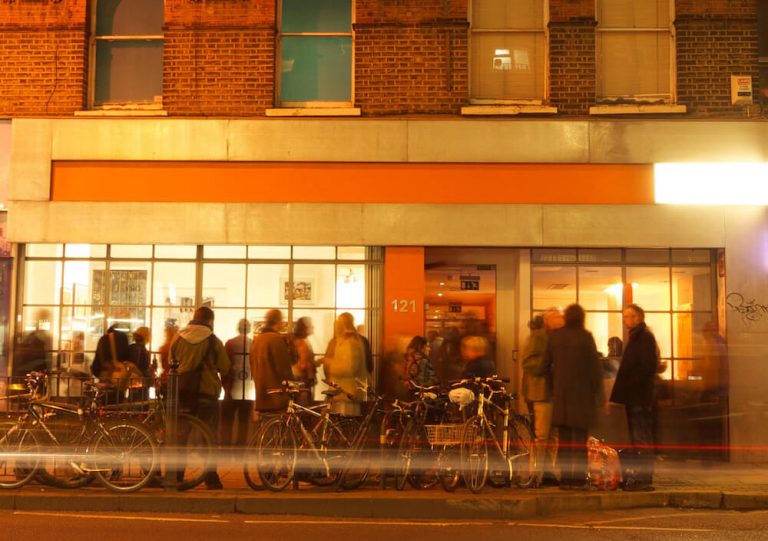
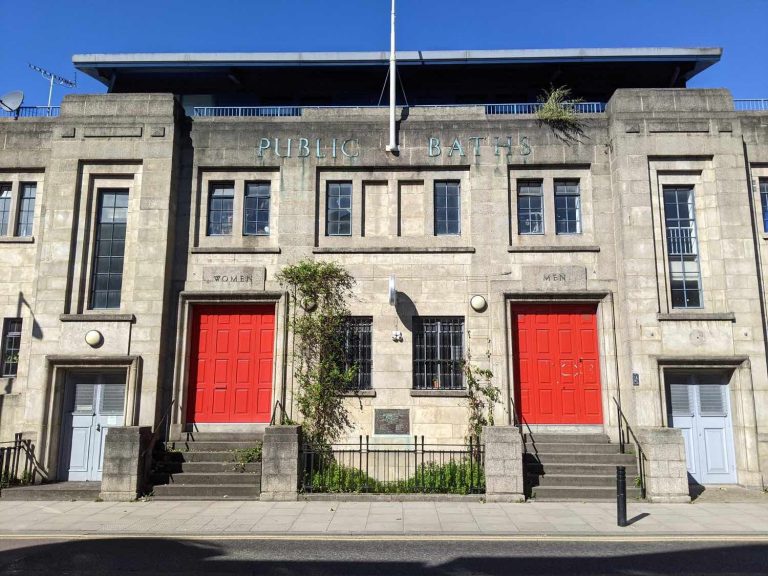
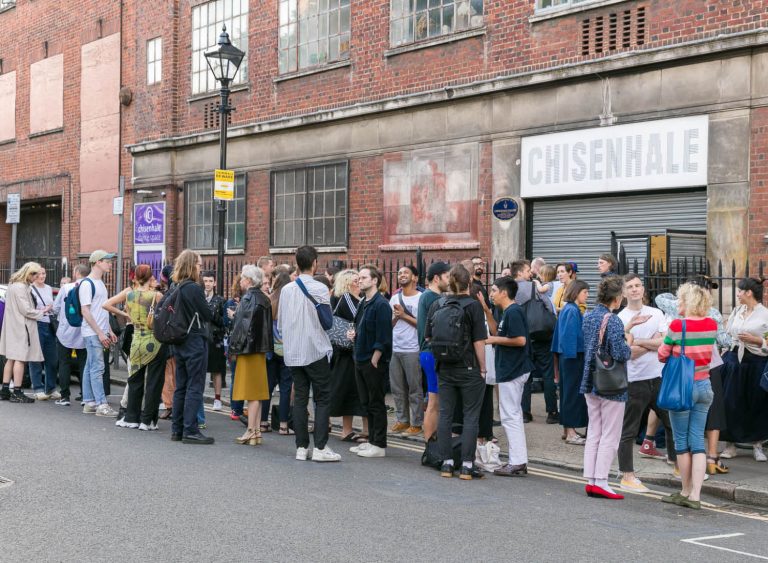
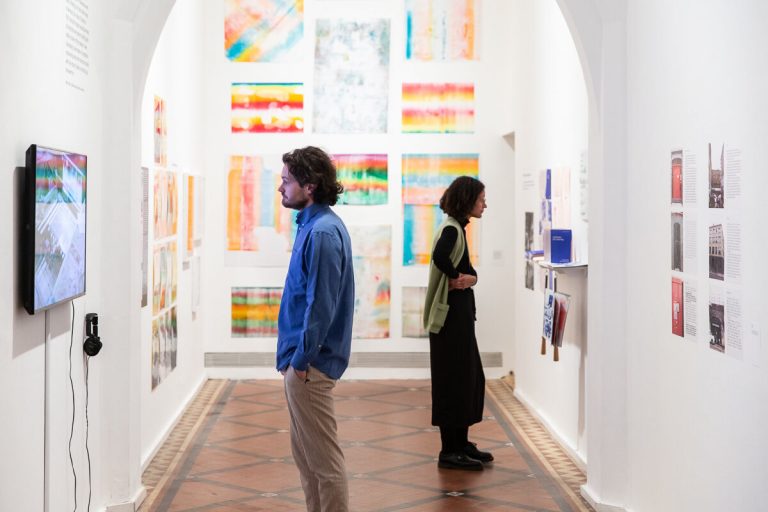



Re. Old Flo – you forgot to mention she’s by Henry Moore!